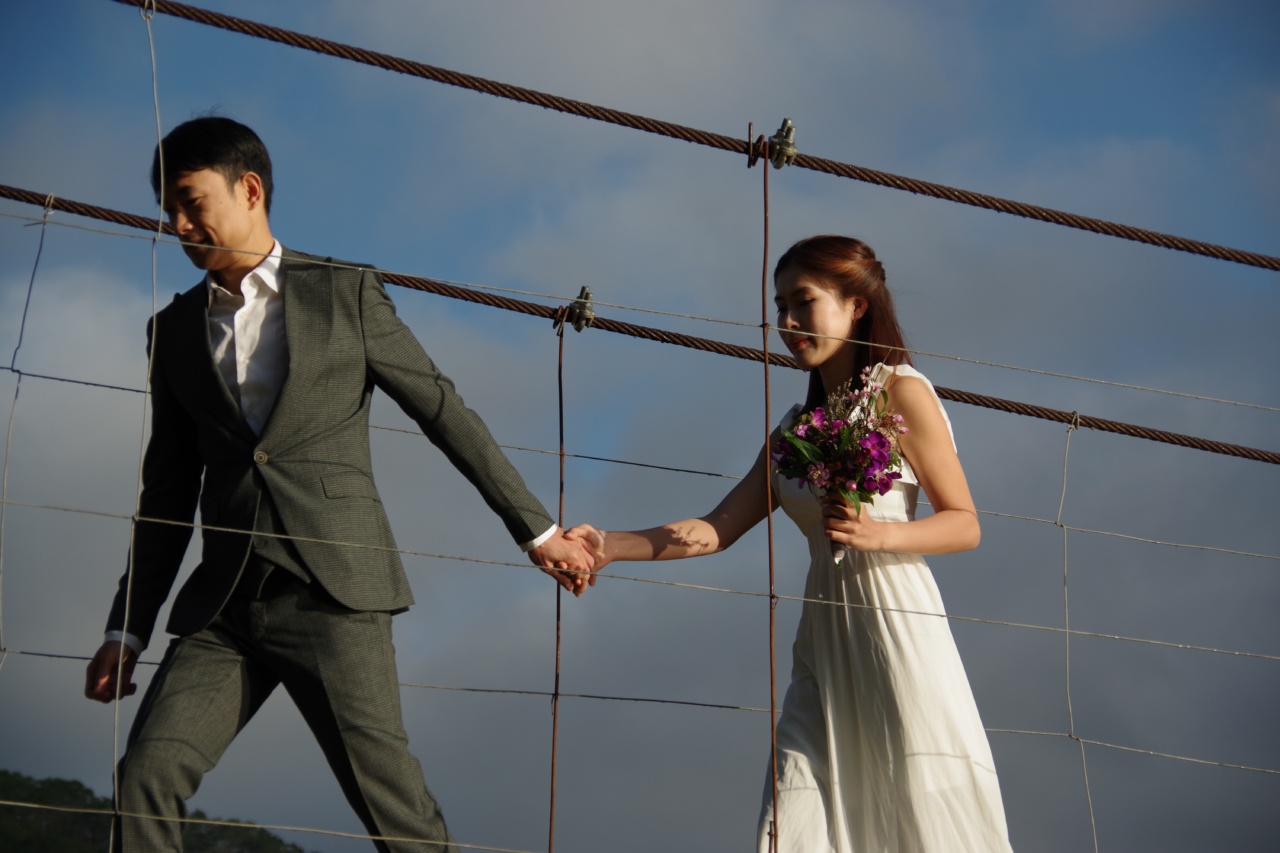Agoraphobia is a type of anxiety disorder that affects millions of people worldwide.
This condition is characterized by intense fear and anxiety about being in situations where escaping or getting help may be difficult, or where the individual may feel trapped, embarrassed, or helpless. Some common examples of situations that agoraphobics may avoid are crowded places, public transportation, shopping malls, theaters, or outdoor spaces.
The fear of having a panic attack or losing control in those situations is often overwhelming and can lead to severe limitations in daily life.
Agoraphobia is considered a complex and multifactorial condition that can be influenced by various biological, psychological, and environmental factors.
While the exact causes of agoraphobia are still unknown, researchers have identified several risk factors that may contribute to its development. These include genetics, stress, childhood trauma, substance abuse, and certain medical conditions.
What are the Symptoms of Agoraphobia?
Common symptoms of agoraphobia include:.
- Intense fear or anxiety in situations where escape might be difficult or embarrassing
- Avoiding situations or places because of the fear of having a panic attack
- Feeling trapped, helpless, or humiliated in certain situations
- Experiencing panic attacks, which are sudden episodes of intense fear or discomfort that may include chest pain, palpitations, sweating, trembling, shaking, nausea, dizziness, or derealization
- Having ongoing and excessive worry about having another panic attack or losing control
- Having difficulty functioning in daily life because of the fear and avoidance
Who is More Likely to Develop Agoraphobia?
Agoraphobia can affect anyone, regardless of gender, age, ethnicity, or social status. However, research suggests that some groups may be more vulnerable to this condition than others.
One such group is women, who appear to be at higher risk of developing agoraphobia than men. Let’s explore why.
What the Research Says: The Gender Gap in Agoraphobia
Several studies have found that women are more likely to experience agoraphobia than men. For example, a large-scale epidemiological study conducted in the United States found that the prevalence of agoraphobia was 1.8% in women compared to 0.9% in men.
Another study using a national sample of Australian adults found that women had higher rates of anxiety disorders, including agoraphobia, than men.
But why is this the case? Are women inherently more anxious or fearful than men? Not necessarily.
While there are biological and psychological differences between men and women that may play a role in the development of anxiety disorders, including agoraphobia, it is more likely that social and cultural factors are responsible for the gender gap.
Social and Cultural Factors Contributing to Agoraphobia in Women
Women face unique challenges and stressors that may increase their risk of developing anxiety disorders, including agoraphobia. Here are some possible social and cultural factors that may contribute to the gender gap:.
Gender Roles and Expectations
Traditional gender roles and expectations can put pressure on women to be caretakers, nurturers, and caregivers.
This can lead to role overload, where women have to juggle multiple responsibilities and tasks, such as work, housekeeping, childcare, and social obligations. This can be overwhelming and stressful, especially if women feel unsupported or undervalued in their roles.
The pressure to conform to gender norms and expectations can also limit women’s choices and opportunities, making it harder for them to pursue their goals and dreams.
Women who feel trapped or stifled in their roles may experience feelings of frustration, resentment, and hopelessness, which can contribute to anxiety and depression.
Socialization and Communication Styles
Women are socialized to be more expressive and communicative than men, which means they may be more likely to disclose their feelings, emotions, and vulnerabilities to others.
While this can be a positive trait, it also means that women may be exposed to more criticism, judgment, and rejection than men. Women who are sensitive or insecure may take negative feedback or rejection more personally, which can erode their self-esteem and confidence over time.
The communication styles of women and men may also differ, with women using more tentative language, apologies, and uncertainty markers than men.
This can make women appear less confident, assertive, or competent, which can undermine their social status and authority. Women who feel powerless or marginalized may experience anxiety about asserting themselves or challenging social norms, which can lead to avoidance and isolation.
Discrimination and Gender-based Violence
Women face a higher risk of discrimination, harassment, and violence than men, which can have a profound impact on their mental health and well-being.
Women who have experienced trauma, abuse, or victimization may be more vulnerable to anxiety disorders, including agoraphobia. The fear of returning to the scene of a traumatic event or being targeted again can trigger intense anxiety and panic.
Social Support and Coping Resources
Finally, women may have different levels and types of social support and coping resources than men, which can influence their ability to manage stress and anxiety.
Women who have strong social support networks, positive coping strategies, and access to mental health services may be better equipped to deal with the challenges of agoraphobia than those who lack these resources. Women who feel isolated, stigmatized, or unsupported may be less likely to seek help or disclose their symptoms, which can prolong their suffering.
Conclusion
Agoraphobia is a common and debilitating condition that can affect anyone, but women appear to be at higher risk of developing it than men.
Social and cultural factors, such as gender roles and expectations, communication styles, discrimination, and social support, may contribute to the gender gap. Educating the public and healthcare providers about the unique challenges and needs of women with agoraphobia can help reduce stigma, increase awareness, and improve access to care.





























